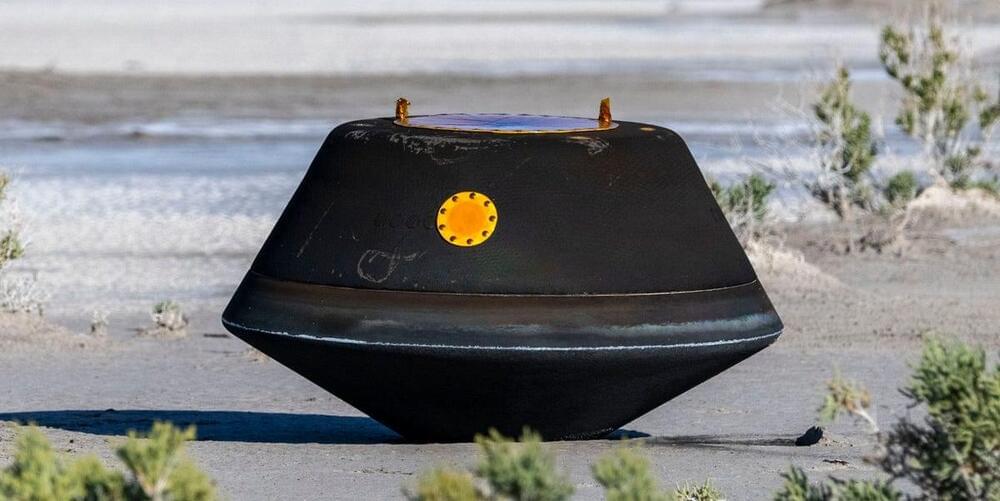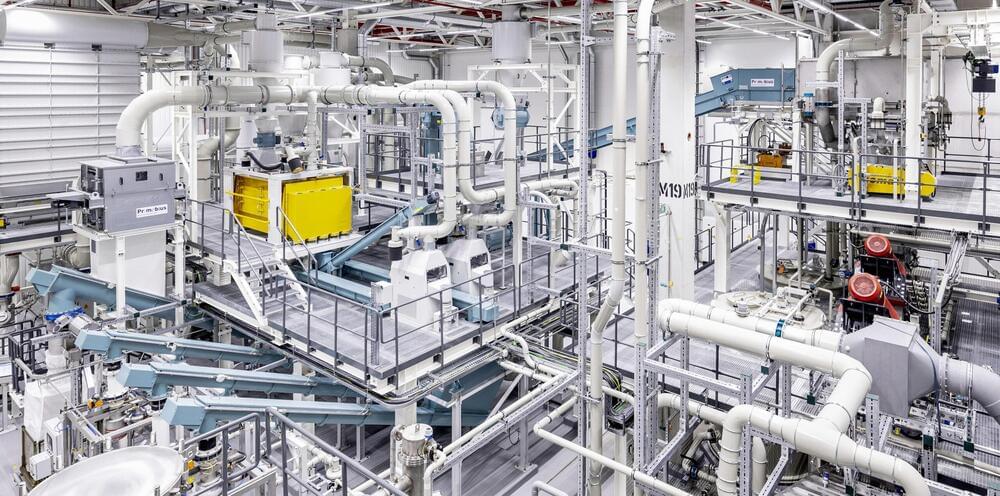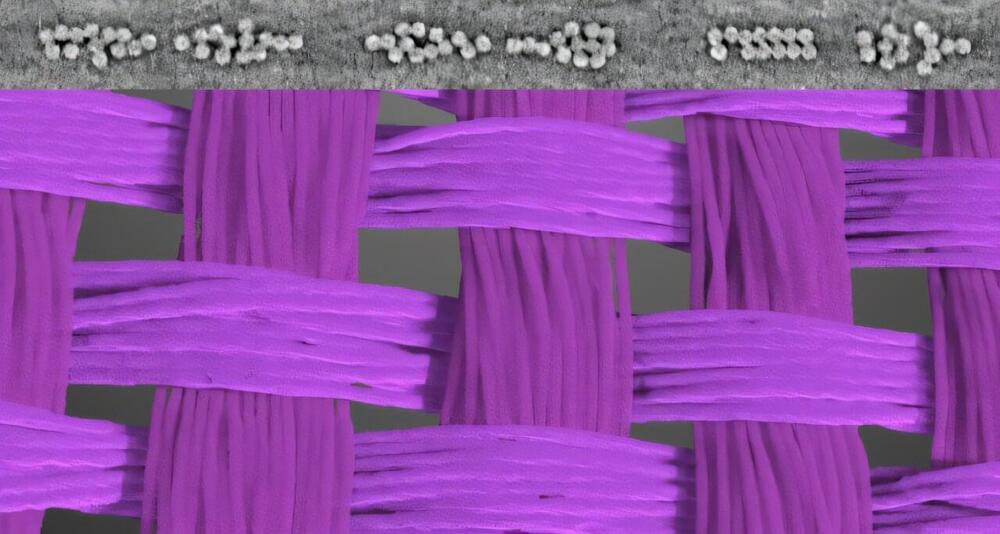One proposed way of examining if such a force could exist is by closely monitoring asteroid trajectories, and few near-Earth asteroids are as well observed as Bennu. A new study by an international team of scientists analyzes Bennu to try and placing constraints on a possible fifth fundamental force in the search of ultralight dark matter.
Bennu, one of the most dangerous near-Earth objects, has been meticulously tracked by optical and radar astrometric data since it was discovered in 1999. As the destination for the OSIRIS-REx asteroid retrieval mission, additional X-band radiometric and optical navigation tracking data added even more trajectory precision. The idea is that any deviation in the expected trajectory of the asteroid could be the result of an unknown fifth force at work. The results of the study were published in the journal Nature Communications Physics.








